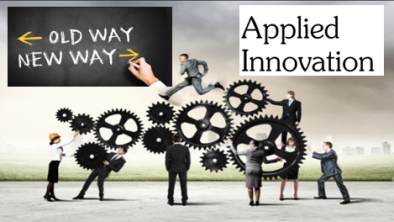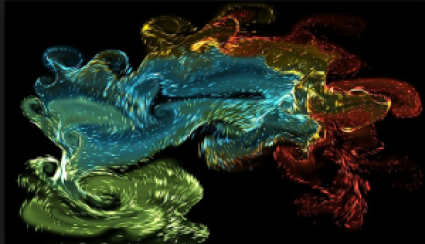 There are multiple “stretching and straining points” that make the life of the innovator increasingly uncomfortable. These build into increasing frictions where the eventual performance of innovation seemingly disappoints the leadership of organizations. So why is that?
There are multiple “stretching and straining points” that make the life of the innovator increasingly uncomfortable. These build into increasing frictions where the eventual performance of innovation seemingly disappoints the leadership of organizations. So why is that?
It is only when we can truly understand the constraints innovation works under, can we provide more robust solutions to reduced all these frictions and pain points that innovators are struggling with. There are many.
We often can’t seem to break down the rigidity win the organization’s system, to allow innovation to speed up, connect and deliver on its promise. Organizations continue to struggle with obtaining that higher level of agility and flexibility required for innovation speed of response and delivery.
The culture within organizations still is rather more closed-up into the silo mindset and not encouraged to be more open, engaging across functions in collaborating ways. We attempt co-creation to test ideas and try to deploy these but they come against institutional resistance to change. We continue to rely on emotional and gut decision-making and still have not fully embraced the data-driven cultures to make more informed decisions. All these constraints create that pressure to perform. So much around innovation is not optimal.








